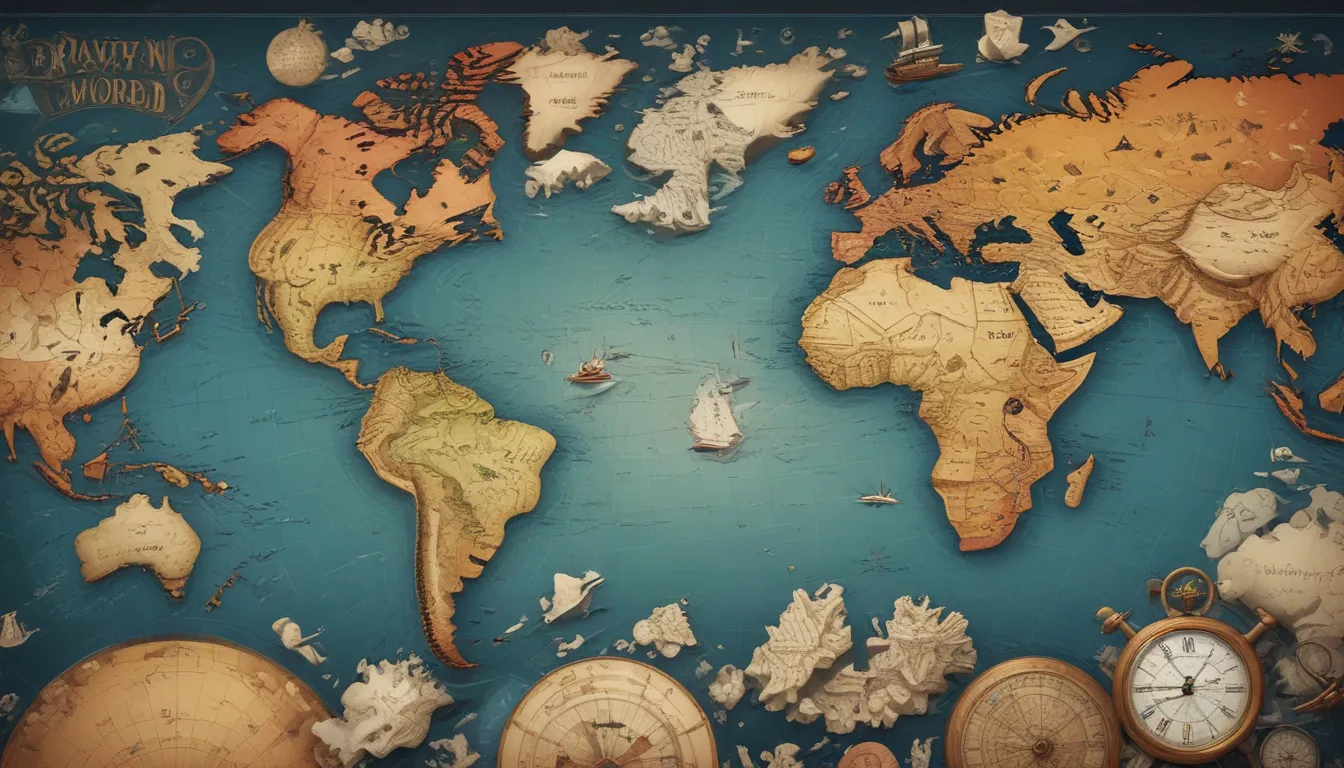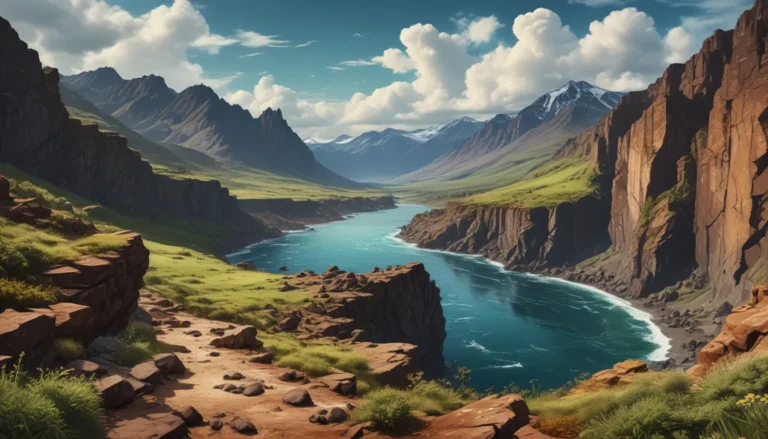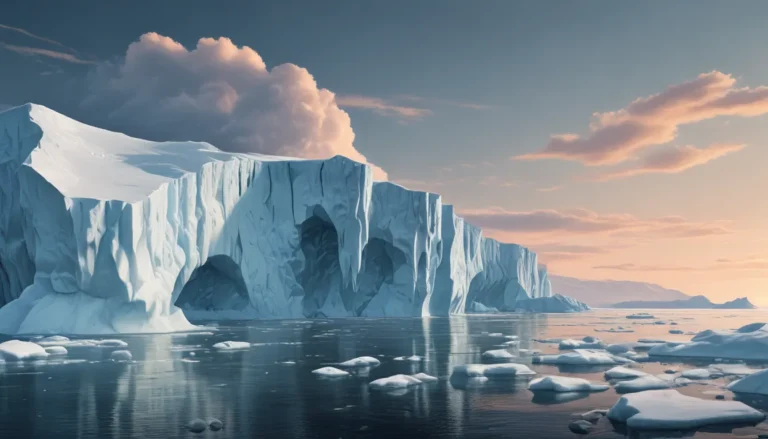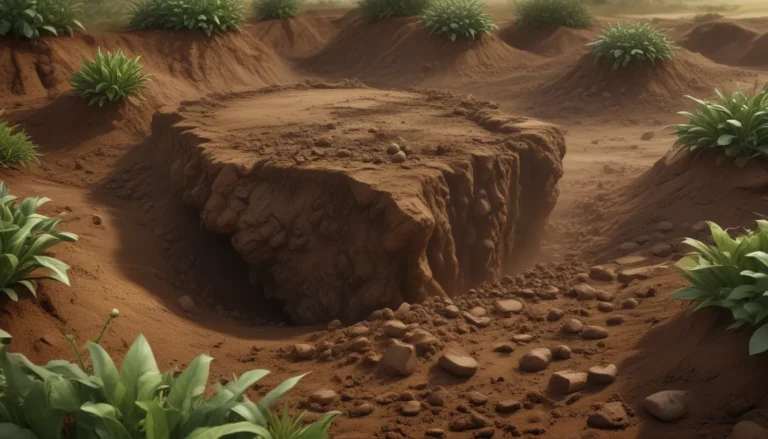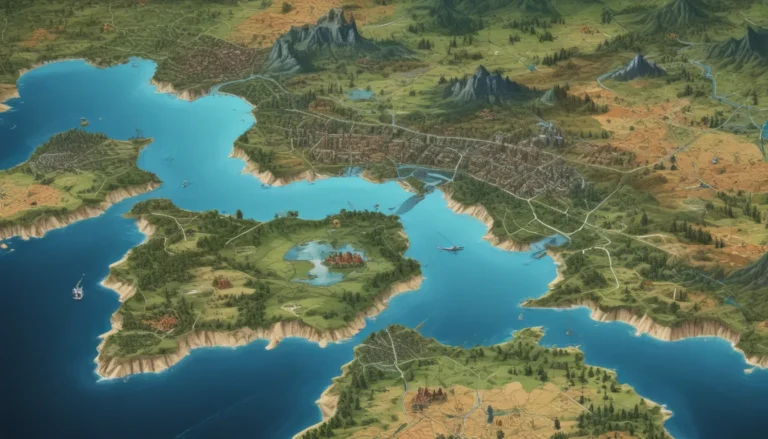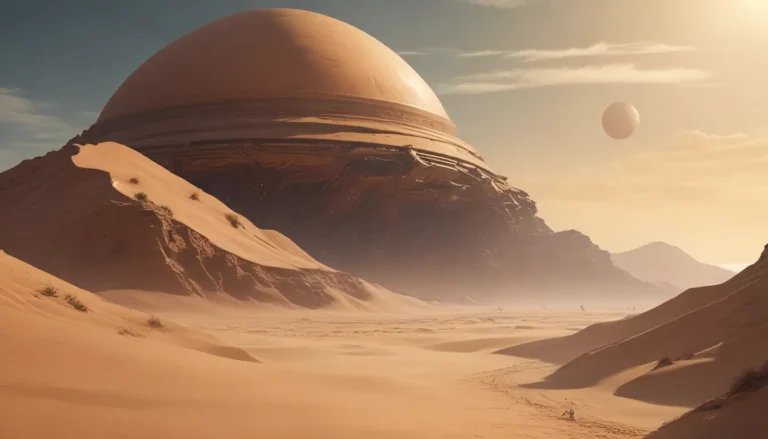A Note About Images: The images used in our articles are for illustration purposes only and may not exactly match the content. They are meant to engage readers, but the text should be relied upon for accurate information.
In a world constantly evolving, the art of mapmaking, known as cartography, has played a crucial role in helping us navigate and understand our planet. From ancient cave drawings to modern digital mapping systems, cartographic techniques have undergone a remarkable transformation over thousands of years. Let’s embark on a journey to explore the fascinating world of cartography and uncover nine astounding facts that showcase the ingenuity and creativity behind mapping the Earth.
Delving into Cartographic Evolution
Cartographic techniques have evolved significantly over time, transitioning from simple cave drawings to sophisticated digital mapping systems. The methods and tools employed in cartography have undergone remarkable advancements, enabling us to create accurate and detailed representations of our ever-changing world.
Pioneers of Cartographic Innovation
The ancient Greeks and Romans were pioneers in the field of cartography, developing early map projections and methods of measuring distances that laid the foundation for modern cartographic techniques. Their contributions have shaped the way we understand and represent geographical information.
The Impact of Mercator Projection
One of the most widely used cartographic techniques is the Mercator projection, named after Gerardus Mercator. This cylindrical map projection preserves angles and shapes, although it distorts areas near the poles. The Mercator projection has been instrumental in shaping our understanding of global geography.
Revolutionary GPS Technology
The advent of Global Positioning System (GPS) technology has revolutionized cartographic techniques, allowing for precise mapping and navigation. GPS technology has made it easier to create accurate maps and has transformed the way we navigate our world.
Cartographic Techniques for Disaster Management
Cartographic techniques play a critical role in disaster management, particularly during natural disasters. Methods such as remote sensing and GIS enable emergency responders to assess affected areas, plan rescue operations, and coordinate relief efforts effectively.
Urban Planning and Development with Cartography
In the realm of urban planning, cartographic techniques are indispensable. By mapping out cities and regions, cartographers assist in designing infrastructure, managing resources, and improving the overall urban environment. Cartography plays a significant role in shaping the development of cities and communities.
Conservation through Cartographic Efforts
Environmental conservation relies heavily on cartographic techniques to map habitats, ecosystems, and land use patterns. Cartographers help identify areas of ecological significance and plan conservation efforts accordingly, contributing to the preservation of our natural world.
Influence of Aerial Photography
The use of aerial photography has greatly influenced cartographic techniques, providing detailed visual data that enables cartographers to create high-resolution maps and analyze landscapes more effectively. Aerial imagery has enhanced the precision and accuracy of mapping processes.
Future of Cartography: Technological Advancements
Cartographic techniques continue to evolve with advancements in technology, such as artificial intelligence, virtual reality, and augmented reality. These innovations are shaping the future of cartography, offering new possibilities and insights into how we visualize and interpret geographic data.
Conclusion: Celebrating the Art of Cartography
Cartographic techniques are a testament to human ingenuity and creativity, leading to remarkable discoveries and advancements in various fields. From ancient mapping methods to modern technological innovations, cartographers have continuously pushed the boundaries of what is possible in representing our world accurately and efficiently. By understanding and appreciating the art of cartography, we gain deeper insights into the complexities of our planet and the interconnectedness of its features.
FAQs: Exploring Cartographic Knowledge
- Q: What are cartographic techniques?
-
A: Cartographic techniques refer to the methods and processes used to create maps and charts, involving collecting geographical data, selecting map projections, symbolization, and design principles for accurate representation.
-
Q: How have cartographic techniques evolved over time?
-
A: Cartographic techniques have evolved from hand-drawn maps to advanced digital technologies like satellite imagery and GIS, enabling cartographers to create more accurate maps.
-
Q: What is the importance of cartographic techniques?
-
A: Cartographic techniques are crucial for understanding spatial relationships, analyzing patterns, making informed decisions, and supporting industries such as transportation, urban planning, and environmental science.
-
Q: How do cartographers choose map projections?
-
A: Cartographers choose map projections based on the map’s purpose and area being represented, considering properties that maintain accuracy while distorting others.
-
Q: Are cartographic techniques only used for physical maps?
- A: No, cartographic techniques are used for various map types, including physical, political, thematic maps, and digital mapping platforms, supporting navigation systems and GPS devices.
As we continue to explore the world of cartography, we uncover the artistry and complexity behind creating maps that shape our understanding of the world. With each advancement in technology, cartographers pave the way for new possibilities and insights, revolutionizing how we interpret geographic data. Let’s embark on this journey of discovery and appreciation for the remarkable world of cartographic techniques!
